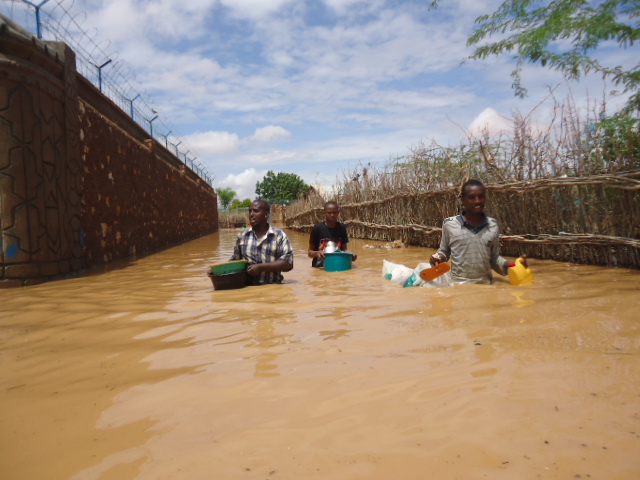The forecasted above-normal rainfall for June to September 2024 across most parts of the Greater Horn of Africa, including Djibouti, Eritrea, central and northern Ethiopia, western and coastal Kenya, much of Uganda, South Sudan, and Sudan, has significant implications for various sectors and regions. Here's a breakdown of the forecast and its potential impacts:
Implications for Agriculture:
Positive Impact: The above-normal rainfall is generally favorable for agriculture, as it can replenish soil moisture and support crop growth. Farmers in the region may expect improved yields, leading to increased food production and food security.
Risk of Flooding: However, the forecast also raises concerns about the risk of flooding, especially in South Sudan and Sudan. Excessive rainfall can lead to waterlogging, crop damage, and displacement of communities. Farmers and authorities in flood-prone areas should take necessary precautions and preparedness measures.
Water Resource Management:
Water Availability: Above-normal rainfall contributes to increased water availability in rivers, lakes, and reservoirs, which is crucial for various water-dependent sectors such as irrigation, hydropower generation, and domestic water supply.
Management Challenges: However, managing excess water during periods of heavy rainfall poses challenges such as flood control, sedimentation, and water quality issues. Effective water resource management strategies and infrastructure are essential to mitigate potential risks.
Health:
Vector-Borne Diseases: Heavy rainfall and stagnant water can create breeding grounds for mosquitoes, increasing the risk of vector-borne diseases such as malaria and dengue fever. Public health authorities should intensify vector control measures and disease surveillance to prevent outbreaks.
Disaster Risk Reduction:
Early Warning Systems: Timely and accurate climate forecasts are crucial for disaster risk reduction efforts. Authorities can use the forecasted information to enhance early warning systems, preparedness, and response measures for floods, landslides, and other weather-related hazards.
Temperature Outlook:
Warmer Conditions: The temperature forecast indicates a probability of warmer-than-normal conditions across the region, particularly in specific areas such as northern Sudan, central and western Ethiopia, Somalia, Kenya, Rwanda, Burundi, and Tanzania. Higher temperatures can exacerbate heat stress, affect livestock, and impact crop growth and water availability.
The above-normal rainfall forecast for June to September 2024 presents both opportunities and challenges for the Greater Horn of Africa region. While it holds promise for agriculture and water resource management, there is a need for proactive measures to address potential risks such as flooding, disease outbreaks, and temperature extremes. Collaboration among governments, humanitarian organizations, and communities is essential to harness the benefits of the forecast while minimizing adverse impacts on livelihoods and ecosystems.











